Discoveries
-
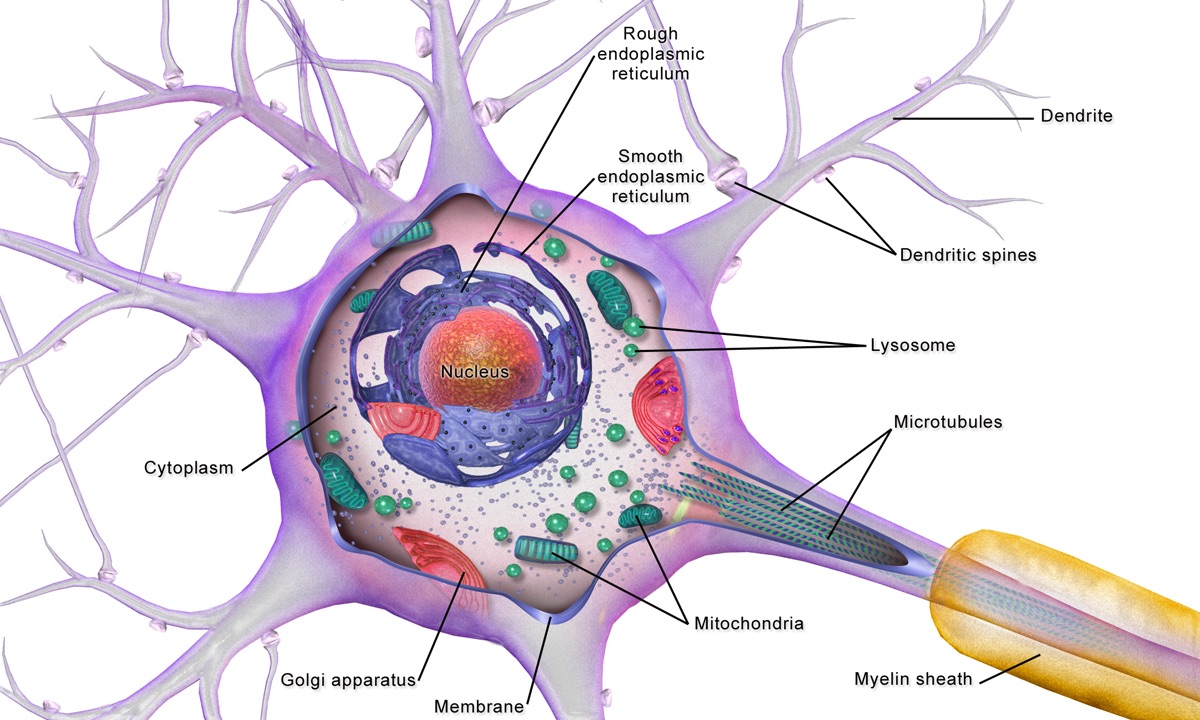
New Target for Treatment of Schizophrenia
New Target for Treatment of Schizophrenia Although today’s antipsychotic medications provide effective relief from some of the symptoms of schizophrenia, not all symptoms are improved, and most patients suffer significant drug-related side effects. In the search for better drugs, recent attention has focused on the M4muscarinic acetylcholine receptordue to… Read MoreSep. 10, 2018
-

Methylglyoxal-Histone Adducts
Methylglyoxal-Histone Adducts As the primary protein component of the nucleosome, histones play a critical role in packaging DNA and regulating chromatin dynamics. Histones contain an unusually large number of lysine and arginine residues, particularly in their N-terminal tail. These residues serve as sites of numerous enzymatically controlled post-translational… Read MoreAug. 29, 2018
-

Targeting Melanoma by CXCR4 Inhibition
Targeting Melanoma by CXCR4 Inhibition Chemokine receptor 4 (CXCR4) is a G protein-coupled receptor that is overexpressed in many kinds of cancer, both in the tumor cells themselves and in the surrounding stroma. CXCR4-mediated signaling, initiated by its endogenous ligand, CXCL12, promotes tumor initiation, progression, and metastasis. Hence, CXCR4… Read MoreAug. 22, 2018
-
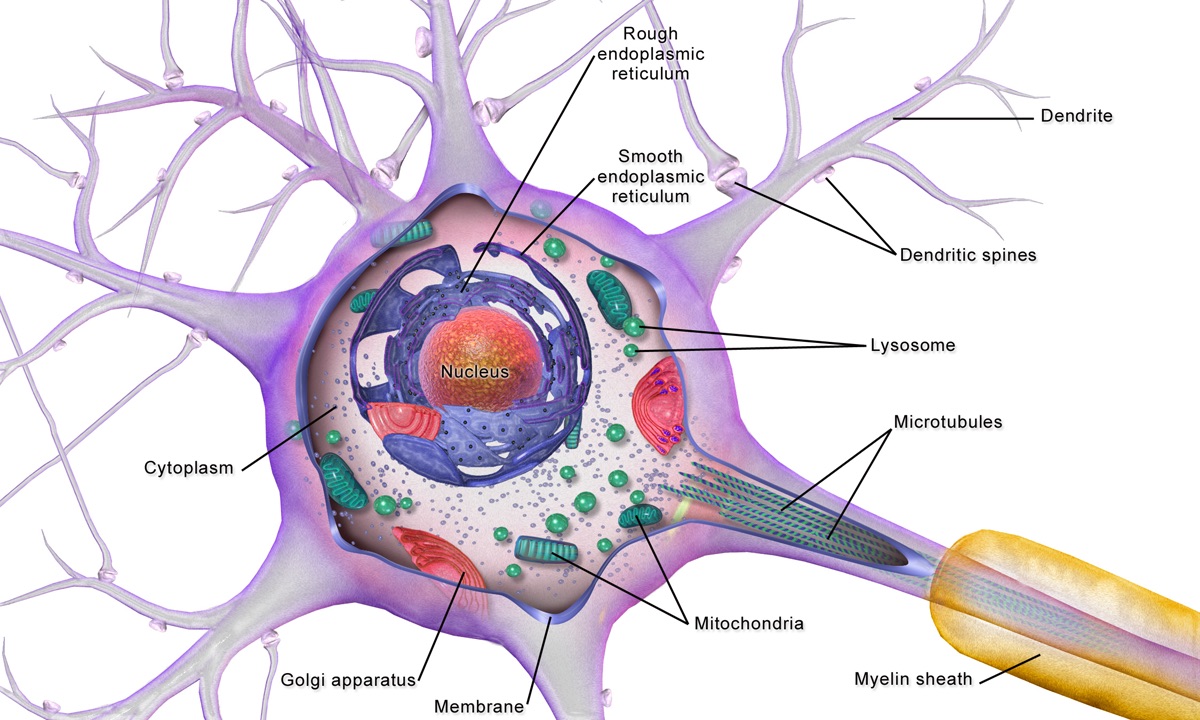
Control of Axon-Mediated Neuronal Degeneration
Control of Axon-Mediated Neuronal Degeneration Neuronal cell death by apoptosis plays an important role in development and the establishment of neural circuits. However, if not properly regulated, neuronal apoptosis can lead to serious neurodegenerative disease. Helping to maintain the critical balance between survival and death are the neurotrophins,… Read MoreAug. 10, 2018
-
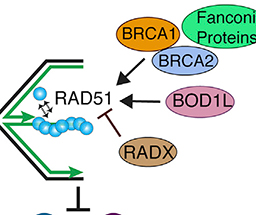
Dueling Proteins Control Replication Fork Stability
Dueling Proteins Control Replication Fork Stability A variety of cell stressors may stall the process of DNA replication, and failure to resolve the problem and resume normal progression of the replication fork may lead to DNA damage and/or even cell death. Stalling of the replication fork results in… Read MoreJul. 25, 2018
-
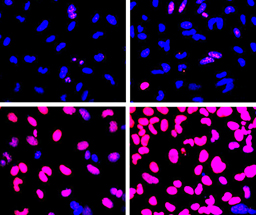
A New Pathway for DNA Cross-Link Repair
A New Pathway for DNA Cross-Link Repair Interstrand cross-links (ICLs) are a highly toxic form of DNA damage in which the two complementary DNA strands are covalently bound together. This form of damage is difficult to repair, so animal cells have evolved the Fanconi anemia (FA) pathway specifically… Read MoreJul. 11, 2018
-
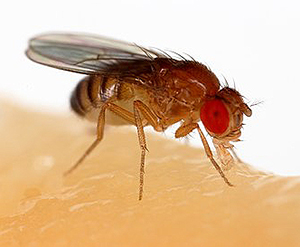
Dynamics of Basement Membrane Repair
Dynamics of Basement Membrane Repair The basement membrane (BM) is an ancient, highly conserved structure that lies under the basal surface of epithelial cells and wraps around organs such as muscles and nerves. It provides mechanical stiffness and modulates cellular communication by interacting with signaling molecules. Although much… Read MoreJul. 10, 2018
-

Organizing Microtubule Asters
Organizing Microtubule Asters Microtubules (MTs) are a critical component of the cytoskeleton, playing a role in a range of processes from cell polarization to division. MTs are polymers of αβ-tubulin that grow and shrink from a rapidly changing plus-end and a more slowly changing minus-end to form two… Read MoreJul. 10, 2018
-
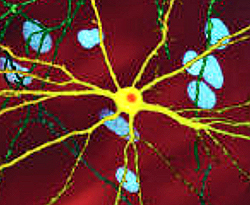
Targeting Mood Disorders in Alcohol Withdrawal
Targeting Mood Disorders in Alcohol Withdrawal Mood disorders such as anxiety and depression are strongly associated with alcohol use disorder and can be exacerbated during alcohol withdrawal. In fact, the increase in anxiety and depression associated with withdrawal contributes to the likelihood of relapse and return to alcohol abuse. Read MoreMay. 29, 2018
-
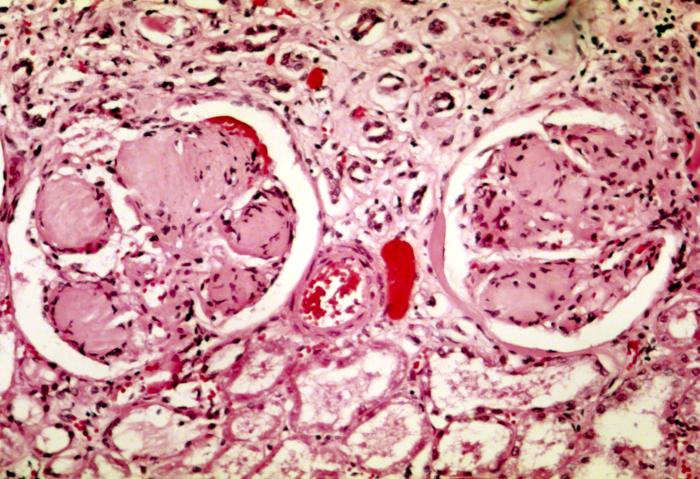
Albumin Degradation in the Diabetic Kidney
Albumin Degradation in the Diabetic Kidney A major long-term complication of diabetes is kidney damage that leads to diabetic nephropathy (DN), a condition associated with considerable morbidity and mortality among diabetic patients. An early sign of DN is the appearance of protein, primarily albumin, in the urine. Indeed, clinicians… Read MoreMay. 29, 2018